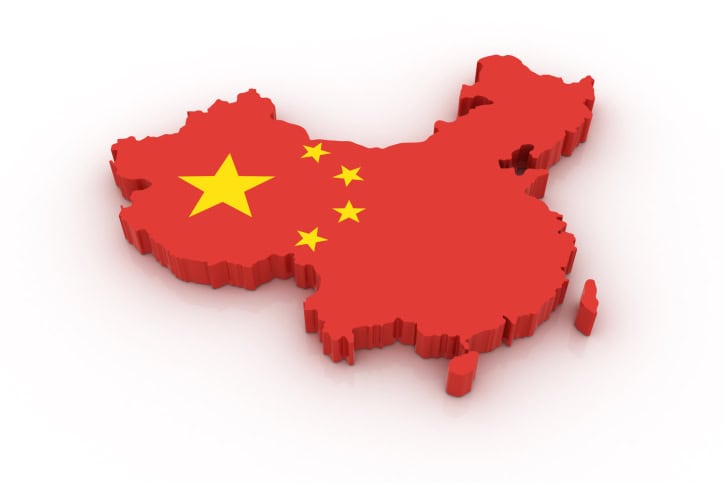A China GDP growth target of 7.5% for 2014 has been announced by Premier Li Keqiang. He added that Chinese authorities are focusing on addressing corruption, pollution and a target of 3.5% inflation. Premier Li said stabilizing the economy is a priority.
Premier Li announced the planned closure of 50,000 small coal-fired furnaces amid the country’s efforts to rid coal-fired power plants of nitrogen oxides, scrub dust and sulfur. It also plans to take six million old high-emission vehicles off the roads.
Li said growing pollution levels are “nature’s red-light warning against the model of inefficient and blind development.”
China GDP growth slowing down
After several years of extremely high growth, GDP expansion has slowed down in China. Last year its economy grew by 7.7%, approximately the same rate as in 2012.
According to official figures, manufacturing activity has also slowed down since the beginning of the year.
Sorting out several issues, especially pollution, while at the same time pursuing a path of economic growth is no easy feat. Some say it is not possible, because the old model, the one has given China impressive growth, would need to be changed completely.
The GDP, inflation, pollution and corruption aims were announced by Li Keqiang at his first appearance at the country’s National People’s Congress, China’s “supreme organ of state power.” In reality, it is not much more than a rubber stamping body of the mighty Communist Party.
Premier Li said that Chinese authorities are working to raise personal incomes, and to address a looming property bubble.
In 2013, the People’s Bank of China, the nation’s central bank, tightened monetary conditions and bore down on rapidly-expanding lending.
China has budgeted military spending expansion of 12.2% for this year, a slight increase on 2013. Over the last twenty years China’s defense spending has increased considerably.
Expansion on the back of stimulative spending
Many economists say a growing proportion of China’s economic expansion is on the back of stimulative spending, but the underlying economy is much weaker. To generate each new $1 in economic growth, from $3 to $4 of new lending is required, they add. This is a huge increase compared to some years ago.
Chinese bank lending in January rose dramatically, a threefold increase compared to December. In January 2014, China said it is to allow private banks.
According to Premier li, the foundation for steady economic growth is still fragile, “and the internal impetus driving growth needs to be increased.” The banking sector still contains hidden dangers he added.
The Globe and Mail quoted Anne Stevenson Yang, research director at J Capital Research, Beijing, who said regarding the lack of specific ideas and timelines from the Chinese government, “(it)puts the nail in the coffin of this idea that there’s reform coming, because there’s a contradiction between having a GDP growth target and deleveraging. … When you set a growth target, you set yourself up for more non-performing loans, which is exactly what they’re doing.”
Urbanization plan
Urbanization is a certain route to modernization, Premier Li said. It is an important basis for integrating rural and urban structures.
Approximately 100 million rural Chinese citizens have moved to cities, built villages within cities and rebuilt rundown city areas.
Authorities also plan to guide the urbanization of about 100 million rural people of the western and central regions in cities there, Li added. Of China’s 1.3 billion population, about half live in rural areas.
In an interview with Xinhuanet, Yang Guilin, a migrant from the Henan Province in central China, who has been a nurse in Shanghai for the last 17 years, she says Li’s residency program for rural people is a very welcome move. Yang still has no urban residency, so she has no access to medical insurance in Shanghai. She cannot bring her daughter and son to Shanghai for schooling.
Yang said “My only hope is that my children can truly become city dwellers in the future.”
Video – China GDP growth pledge

